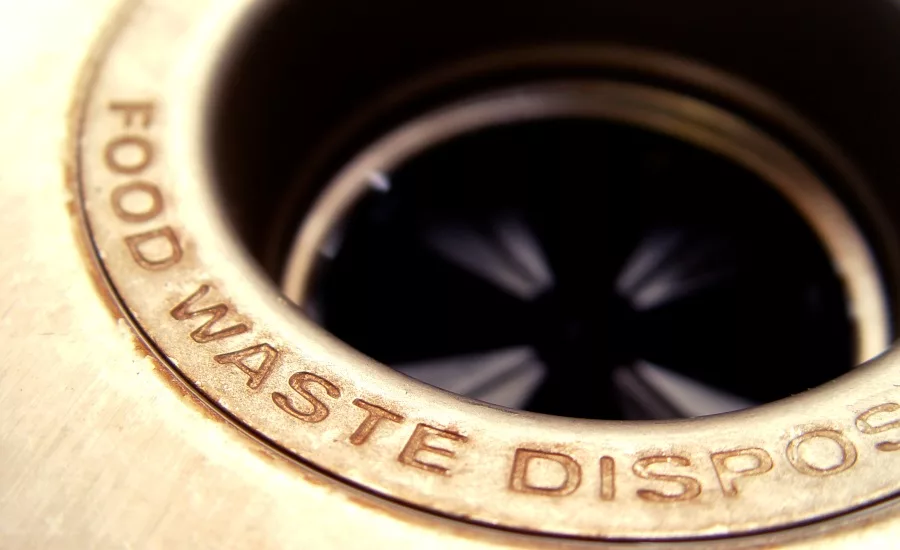Survey: Most homeowners unaware garbage disposals reduce landfill waste
The Emerson survey shows 8 out of 10 homeowners use their trash can to discard food waste

Photo credit: JackValley/GettyImages
As food waste continues to be a vast global problem, a new survey shows that more than half of U.S. homeowners aren’t aware of the waste-diverting power of a common household appliance that keeps food scraps out of landfills. Half of all U.S. households already have a simple solution to food waste via their garbage disposals.
One out of four people surveyed said they only use their garbage disposals for plate scraping after meals, ignoring the disposal for tasks such as cleaning out the fridge, which 73% of homeowners do monthly or more. In fact, less than 10 percent of respondents knew that advanced garbage disposals, such as those by InSinkErator, can process chicken, turkey, beef, pork or lamb bones, all of which are present in landfills.
The survey, commissioned by Emerson’s InSinkErator business unit, indicated 8 out of 10 homeowners use their trash can to discard food waste. Food waste in landfills generates methane, a greenhouse gas 21 times more potent than carbon dioxide and a significant environmental issue.
“We know people are concerned about landfills, but many don’t realize food waste is a big culprit behind this issue, accounting for 21.6% of waste in U.S. landfills,” said Chad Severson, president of Emerson’s InSinkErator. “But, with food waste disposers in place in many households, we can make a measurable impact and help create positive environmental changes in our communities.”
InSinkErator’s founder, John Hammes, invented the garbage disposal in 1927, and the company continues to build its expertise as the world’s leading supplier of residential food waste disposers. With a mission to reduce food waste in landfills throughout the country, Wisconsin-based InSinkErator disposers are equipped to grind even the toughest foods.
Disposal technology has advanced significantly in recent years, with today’s InSinkErator disposers capable of quietly grinding everything from corn cobs, bones and apple cores to banana peels, avocado pits and fruit and veggie peels. Once ground, food waste is sent through a home’s plumbing to wastewater treatment facilities, which are equipped to process the slurry efficiently.
A growing number of communities are taking an additional environmentally responsible step to convert ground food waste into energy by using anaerobic digesters at wastewater treatment facilities to process food waste. With digesters, methane gas can be captured and used to produce renewable energy. Other byproducts are fertilizer and clean water.
The combination of disposers and digesters may soon deliver significant reductions in food waste headed to landfills. Emerson’s InSinkErator is celebrating its 80th anniversary this year and another big milestone: more than 80 million tons of food waste kept out of landfills.
Looking for a reprint of this article?
From high-res PDFs to custom plaques, order your copy today!





